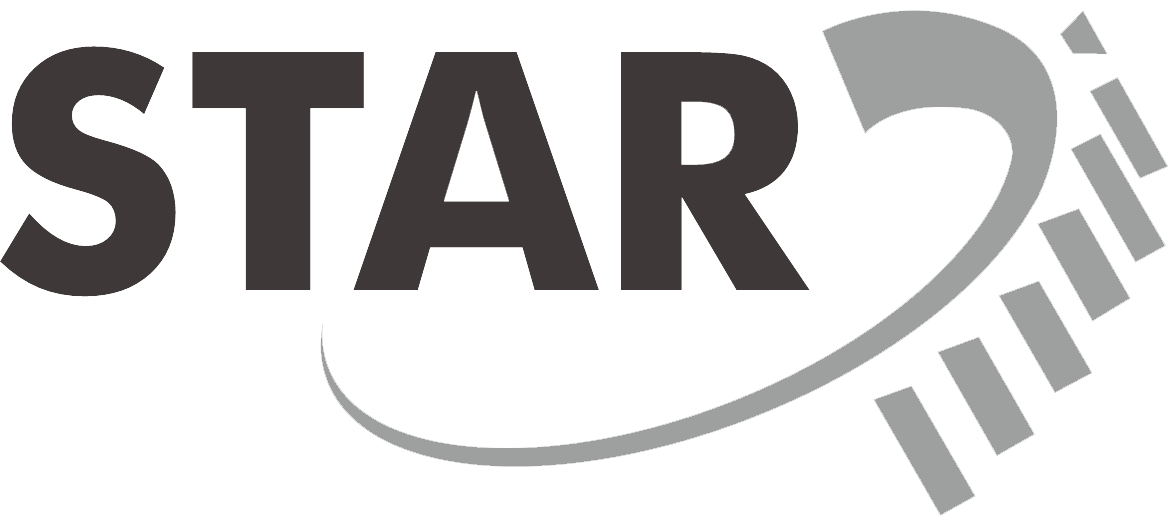0102030405
Bearing Measuring Instruments:
A Comprehensive Guide
Bearing Measuring Instruments:
A Comprehensive Guide
2024-06-19 14:46:19
Bearing measuring instruments play a vital role in the manufacture and maintenance of bearings. These instruments are designed to measure various parameters of bearings to ensure their quality, performance and reliability. In this article, we will explore the different types of bearing measurement instruments and their significance in the industry.
Bearing measuring instruments mainly include the following categories: bearing testers, concentricity meters, coaxiality meters, vibration measuring meters, roundness meters, runout meters, inner and outer ring measuring meters, bearing roundness meters, and bearing fault detectors. These instruments cover everything from basic dimensional measurements to complex performance tests, meeting the needs for bearing measurement and diagnosis in different application scenarios.
Bearing tester:
Bearing testing machine is a special instrument used to evaluate bearing performance and quality. It measures various parameters such as load capacity, rotational speed and friction torque. By testing with a bearing tester, manufacturers can ensure that bearings meet the specifications and standards required for their intended application.
Concentricity meter and coaxiality meter:
Concentricity and coaxiality are key factors affecting bearing performance. These instruments are used to measure the concentricity and coaxiality of bearing components to ensure they are properly aligned and centered. By maintaining required concentricity and coaxiality, bearings can operate smoothly and efficiently, minimizing wear.
Vibration measuring instrument:
Vibration is a common indicator of bearing health and performance. Vibration measuring instruments are used to detect and measure the vibration levels of bearings during operation. By analyzing vibration patterns, engineers can identify potential problems such as misalignment, imbalance, or bearing defects. This proactive approach helps prevent unexpected failures and optimize bearing life.
Roundness meter and runout meter:
Roundness and runout are important parameters that determine bearing precision and accuracy. Roundness meters measure the roundness of bearing components to ensure they are within specified tolerances. A runout meter, on the other hand, is used to measure the radial and axial runout of a bearing, which affects the performance and life of the bearing. These instruments help maintain the dimensional integrity of bearings, thereby improving functionality and reliability.
Inner and outer ring measuring instruments:
The inner and outer rings of a bearing play a vital role in its overall performance. Inner and outer ring gauges are used to evaluate the dimensional accuracy and surface quality of these components. By ensuring proper dimensions and surface finish, manufacturers can produce bearings that meet required standards and provide consistent performance.
Bearing roundness meter:
Bearing roundness meter is specially used to measure the roundness of bearing races and rolling elements. The instrument helps evaluate the geometric accuracy of bearings to ensure they operate with minimal friction and wear. By maintaining the roundness of bearing components, the overall efficiency and durability of the bearing is improved.
Bearing fault detector:
Diagnosing bearing failures is critical to ensuring the reliability and safety of your machinery. Bearing fault detectors are used to identify problems such as abnormal bearing vibration and noise. By detecting these symptoms, maintenance personnel can take corrective actions to prevent potential failures and downtime. Suitable for use in a variety of industrial environments and applications, these detectors provide a proactive approach to bearing health monitoring.
In short, bearing measuring instruments are indispensable tools to ensure bearing quality, performance and reliability. From basic dimensional measurements to complex performance tests, these instruments cover a wide range of parameters critical to bearing function. By utilizing these instruments, manufacturers and maintenance professionals can effectively measure, diagnose and maintain bearings in a variety of applications, ultimately contributing to the overall efficiency and safety of machinery and equipment.













